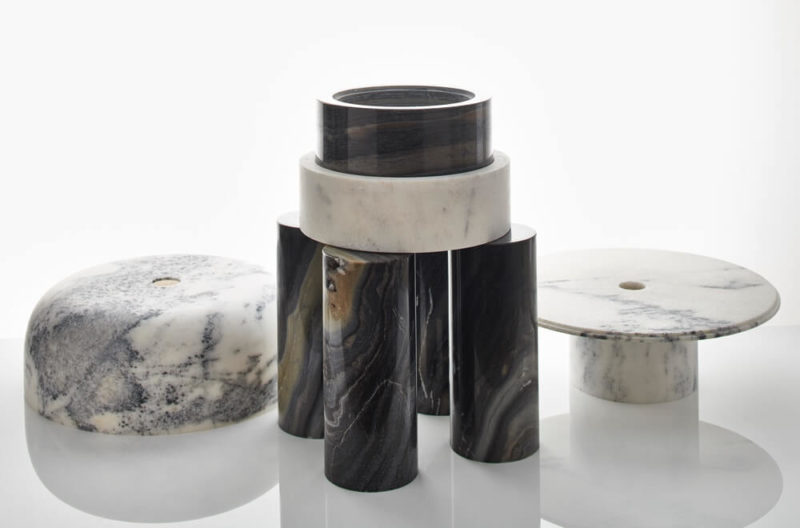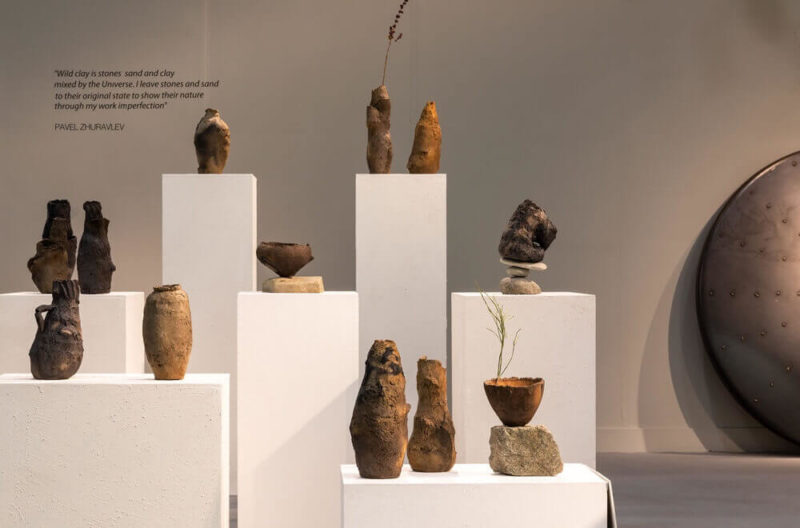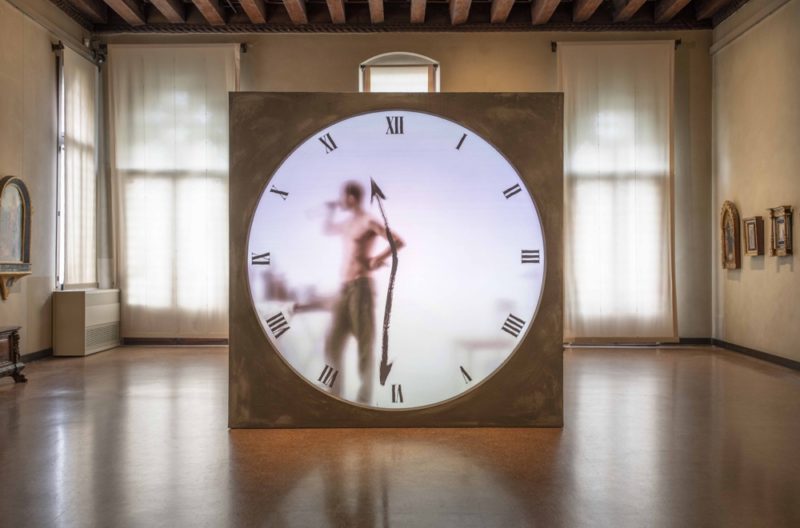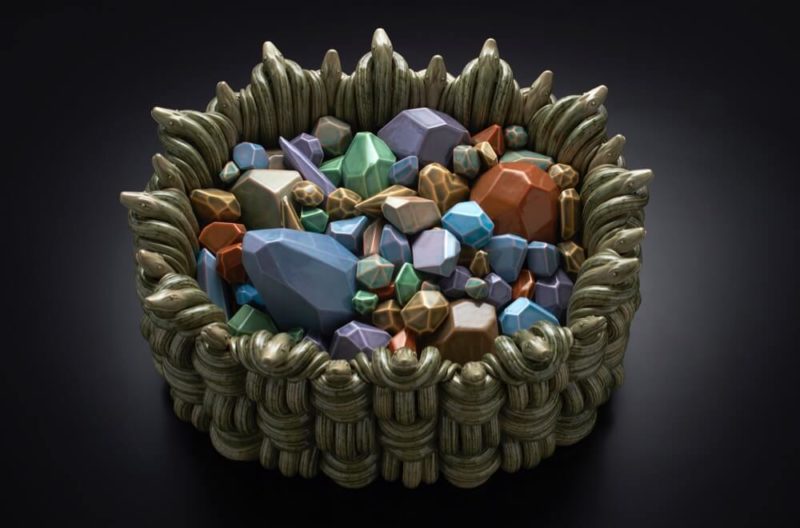CHART
Eight leading galleries present the very best of contemporary Nordic design.
Den Frie Centre of Contemporary Art, Copenhagen
30th August – 1st September, 2019
NORDIC COUNTRIES, in particular Denmark and Finland, have been famous for their democratic approach to design ever since the mid-20th century. Take the streamlined functionalist glassware of Iittala associated with Finland, or Fritz Hansen’s best-selling ‘Series 7’ chair by Danish designer Arne Jacobsen. Of course, the region has produced high-end design too, notably the finely crafted wood furniture of another Dane, Hans Wegner. CHART, the three-day design and art fair held in Copenhagen every summer, showcases contemporary art and design from Nordic countries, seeking to demonstrate that alongside a burgeoning contemporary art market, there is a developing interest too in collectible design.
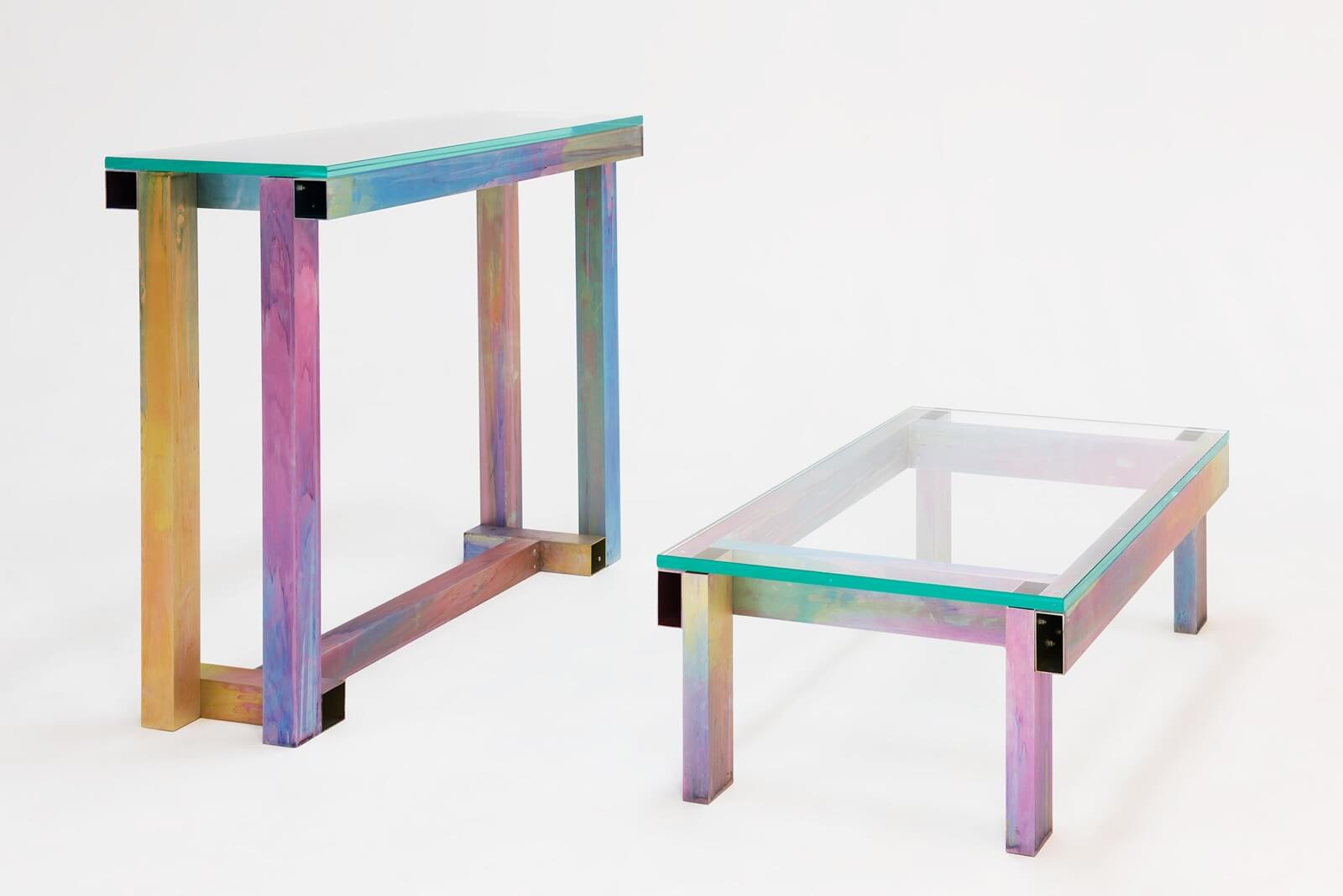
Fredrik Paulsen, ‘Anodised Aluminium Tables’, 2017
COURTESY: Etage Projects
Last year, 12 galleries selling new and older design took part, but this year CHART changed its policy, inviting only design galleries that specialise in contemporary work. In addition to hosting commercial galleries, CHART nurtures up-and-coming designers: this year it will feature three non-commercial art, design and architecture platforms — Emerging, Curio and Architecture respectively — presenting cutting-edge work.
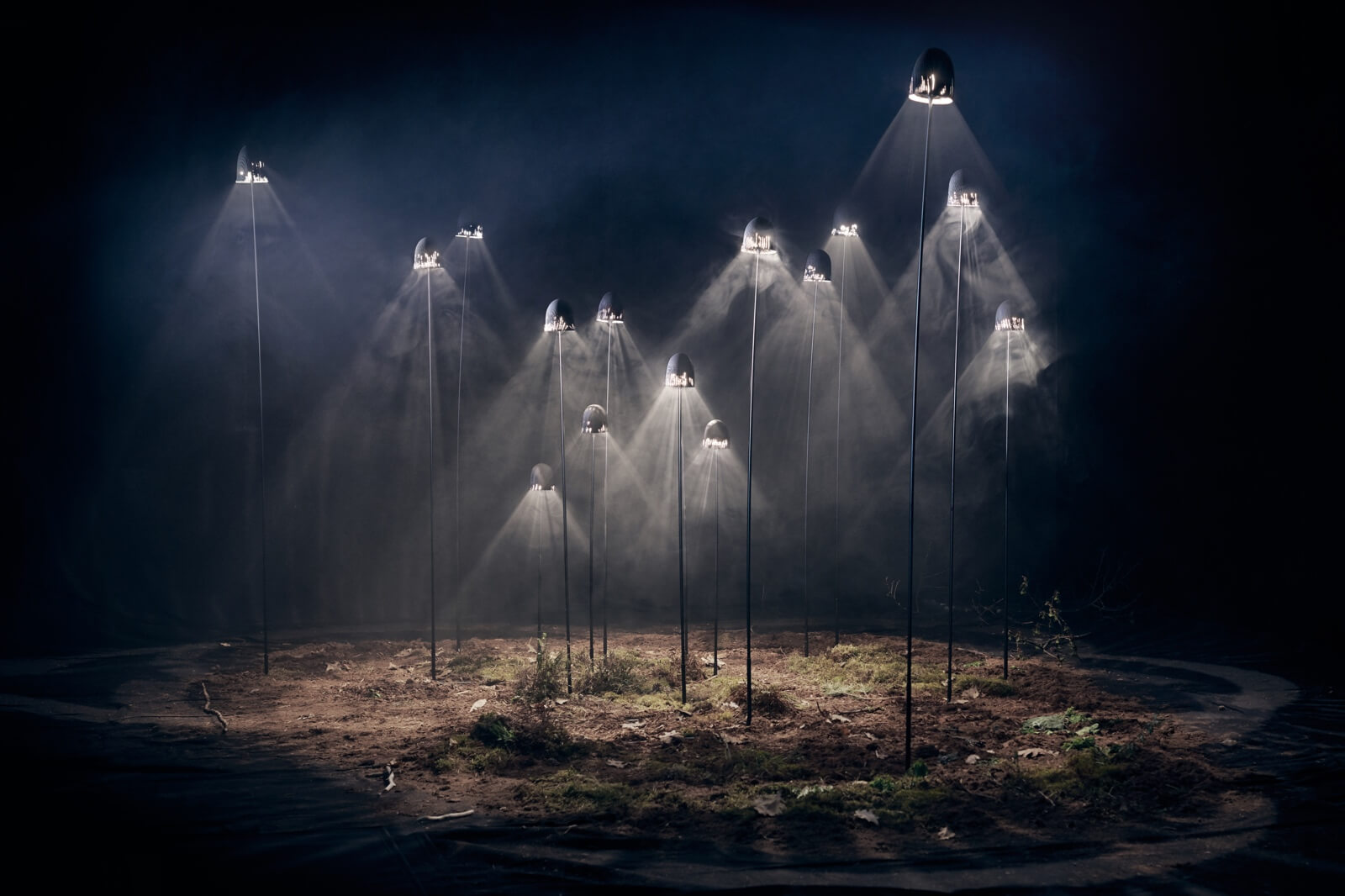
Antrei Hartikainen, ‘Seitikki’, 2019
PHOTOGRAPH: Ville Vappula
CHART was co-founded in 2013 by five Copenhagen art galleries — Galleri Susanne Ottensen, Andersen’s, Galleri Bo Bjerggaard, David Risley Gallery and VI Gallery. “It was set up to create an art event and cultural destination in the Nordic countries that was lacking at the time,” explains its director Nanna Hjortenberg. “Then, in 2016, we experimented with creating a small design section at Kunsthal Charlottenborg.” This exhibition space is part of the 18th Century Dutch Baroque Charlottenborg Palace, also home to the Royal Danish Academy of Fine Arts. “The design area was so well received that in 2018 we expanded and relocated it to a second historic venue, the Den Frie Centre of Contemporary Art.” Den Frie, for short, is a flamboyant Art Nouveau building constructed in 1913, designed by JF Willumsen — an architect, photographer and ceramicist.
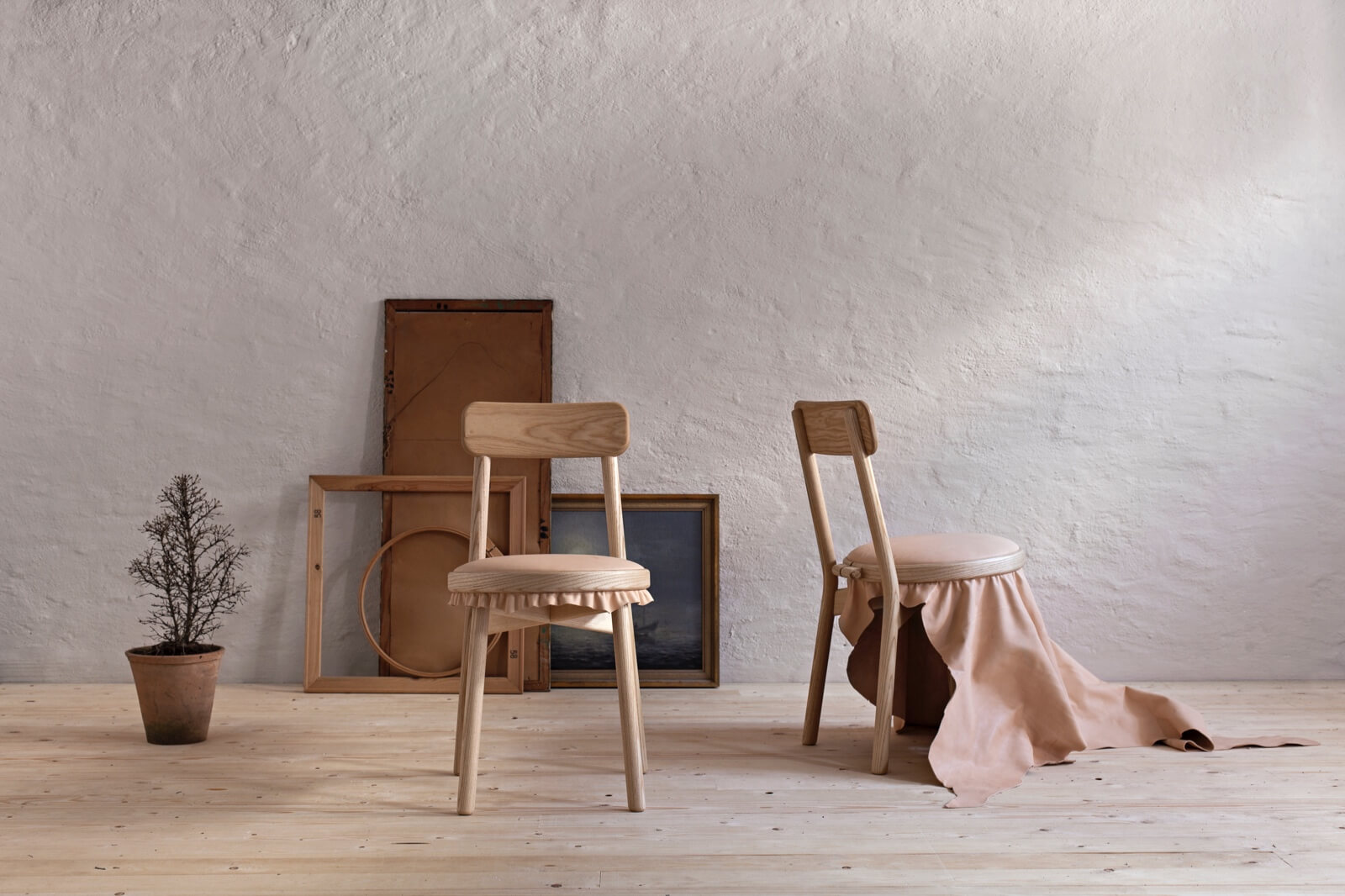
Stoft Studio, ‘Canvas’, chair, 2017
COURTESY: Stoft Studio / PHOTOGRAPH: Ulrika Kestere
CHART’S OVERARCHING THEME this year is ‘Materiality’, reflecting a growing interest among Nordic designers in experimenting with idiosyncratic materials. “In our age of digital screens, contemporary practices are turning towards physical materials and crafts,” says Hjortenberg. “We want to pay attention to this growing interest.”
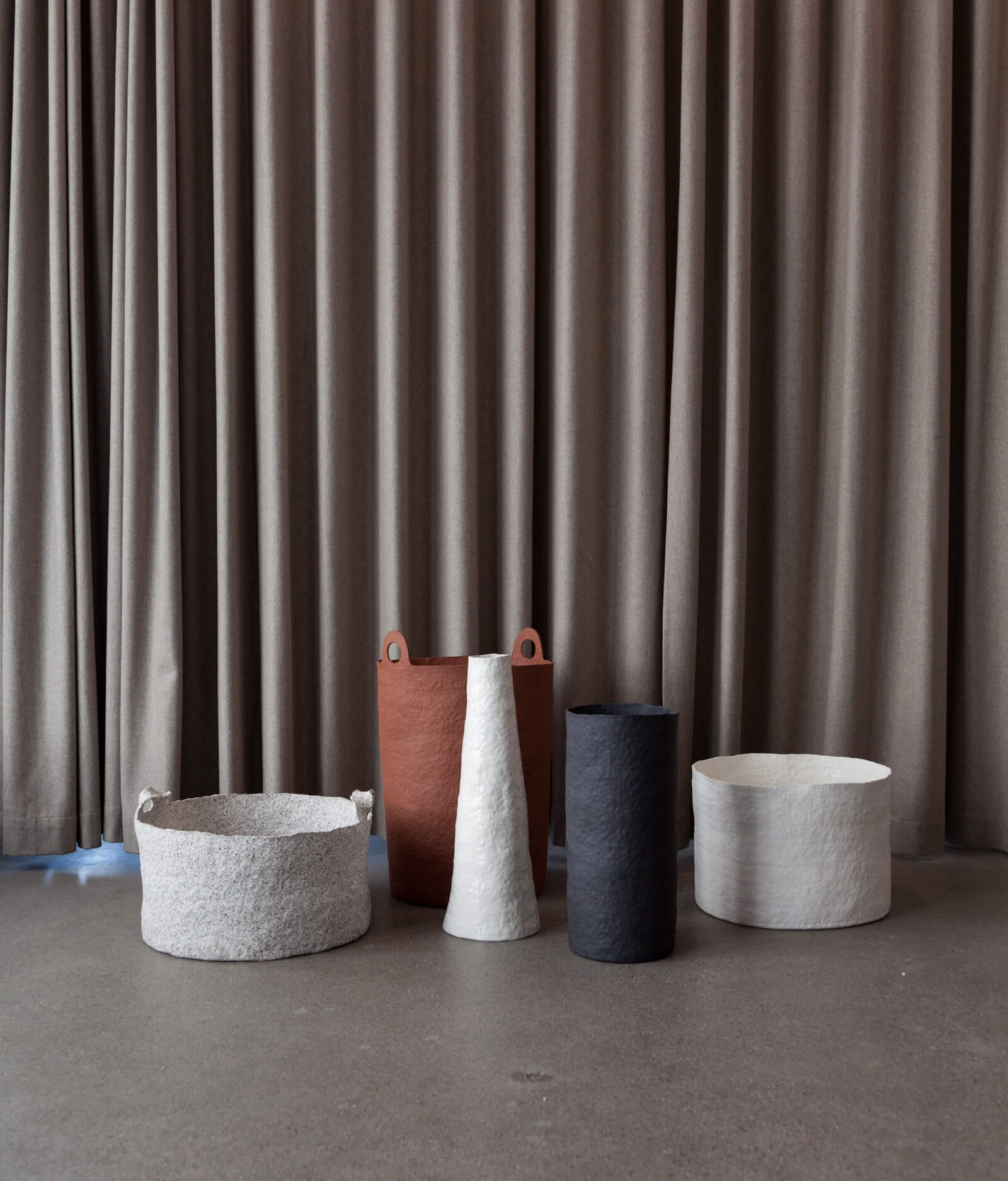
Sisse Lee, ‘Bigware’, 2019
COURTESY: Sisse Lee
For some years, Scandinavian designers have been departing from the functionalism favoured by their mid-century forebears, and their experiments with materials and playful forms are part of this investigation. “The Nordic design heritage has been a heavy legacy for designers to follow,” says Maria Foerlev, founder of participating Copenhagen gallery Etage Projects. “But they’re now less interested in rational design, instead they are conceptually using new materials.”
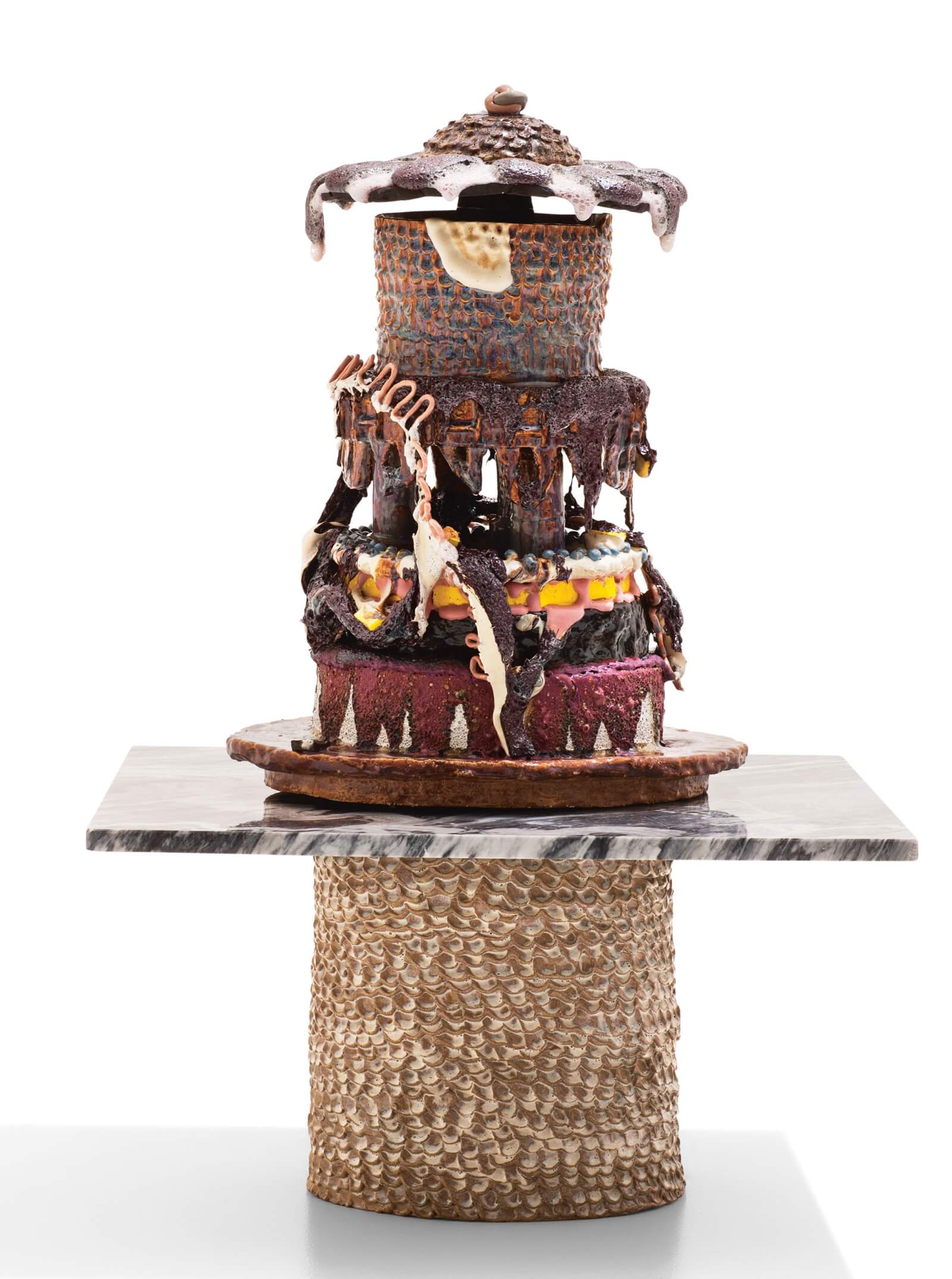
Pernille Pontoppidan Pedersen, ‘You Filthy Tart’, 2017
COURTESY: Køppe Contemporary Objects / PHOTOGRAPH: Jeppe Gudmundsen-Holmgreen
Today’s Nordic designers are concerned with social issues, sustainability, interactive design and even blatantly irrational forms. One commercial design gallery, Etage Projects, will show Fredrik Paulsen’s furniture. Redolent of the ‘anti-design’ sentiments of 1970s Italian postmodernism, the furniture is unapologetically decorative and colourful.
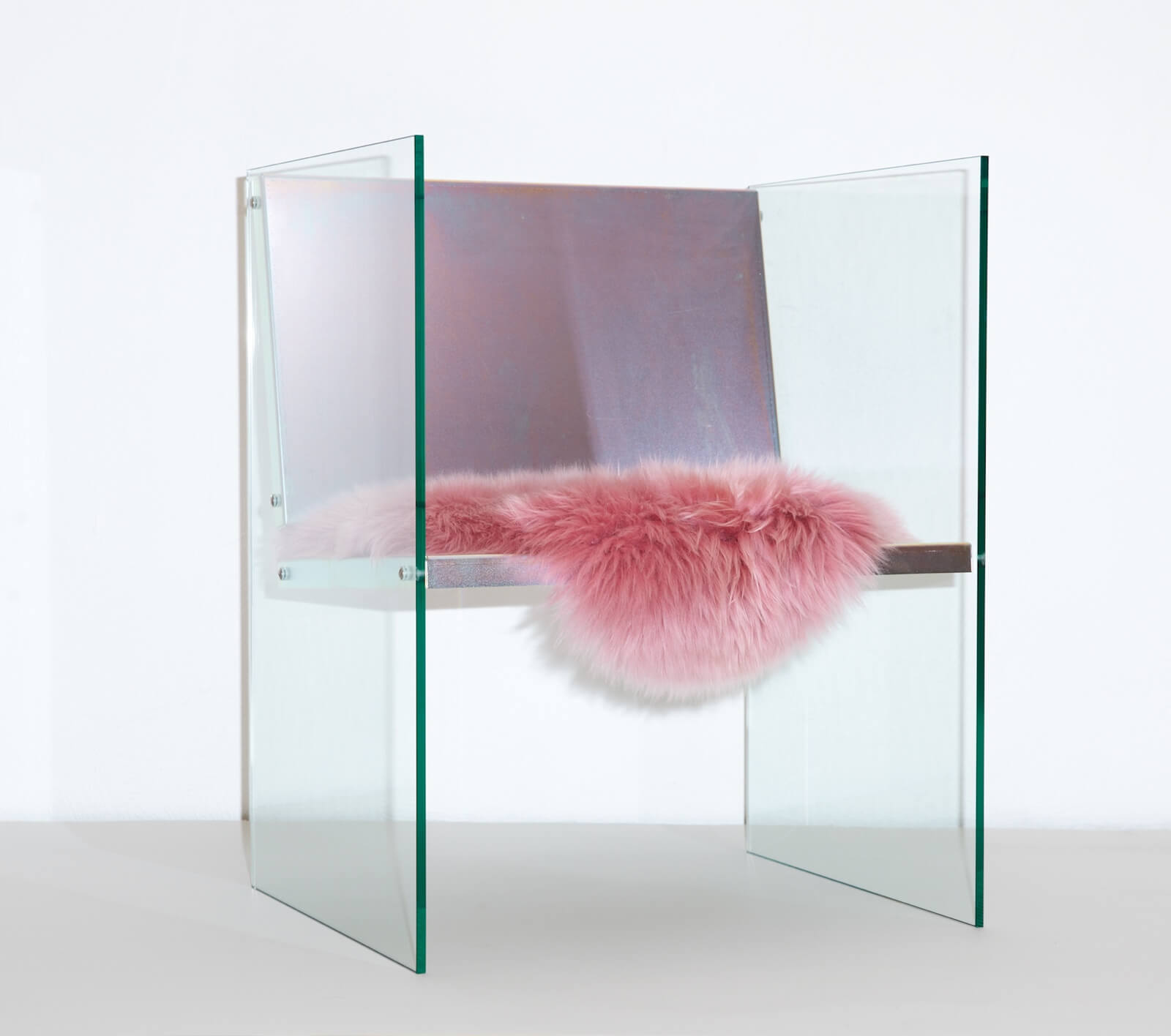
Fredrik Paulsen, ‘Glass & Steel Chair’, 2017
COURTESY: Etage Projects
Another gallery, Galleri Format Oslo, will show Norwegian designer Sigve Knutson’s bulbous, or totemic, ceramic and metal furniture. It recalls the biological forms of Wendell Castle’s plastic pop furniture, although the rough textures of Knutson’s pieces are more primitivist than slick and homogeneous. “I’m more fascinated by the intuitive and playful, than the smooth and planned,” Knutson says.
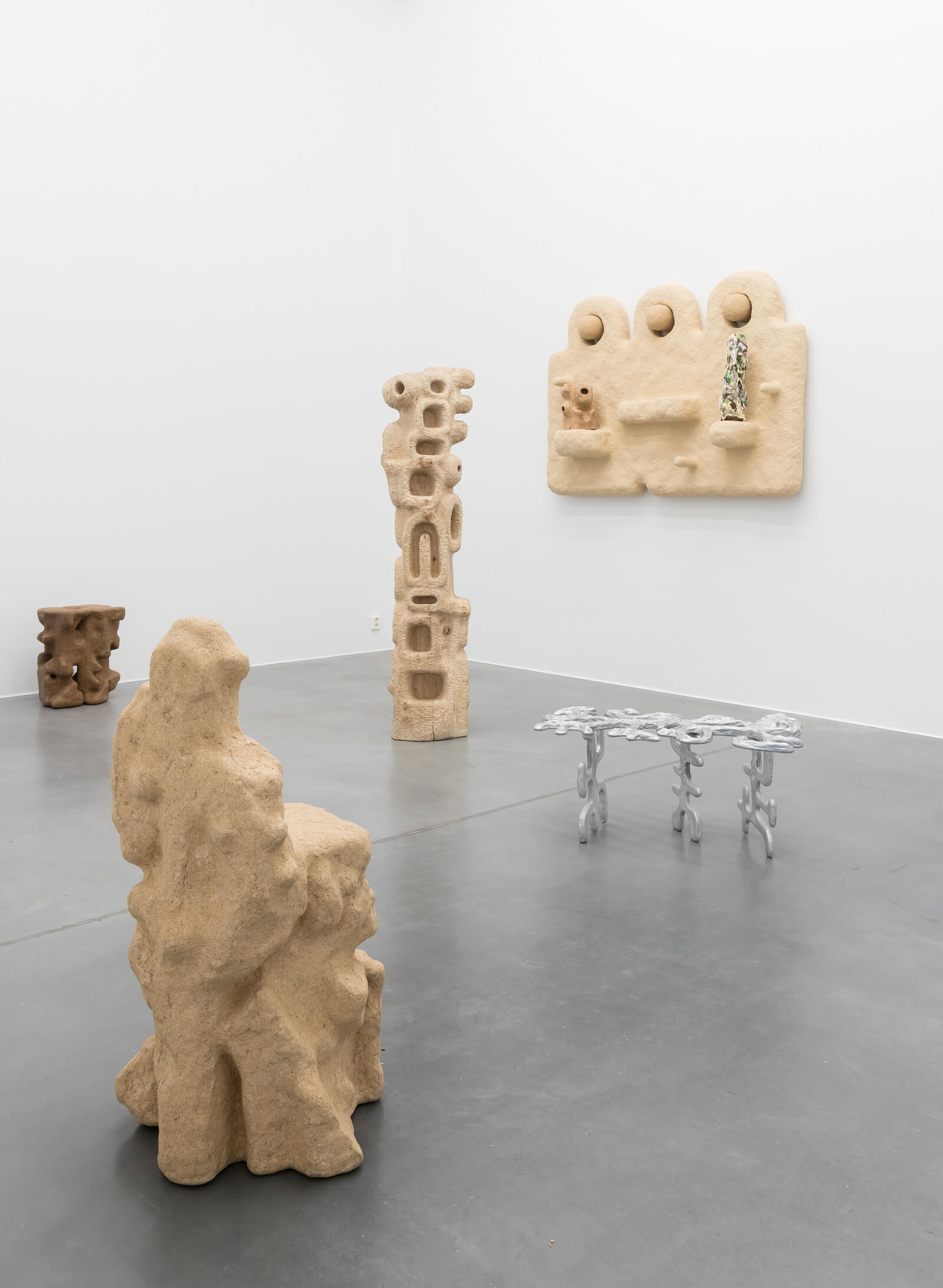
Installation view, Sigve Knutson
COURTESY: Galleri Format / PHOTOGRAPH: Øystein Thorvaldsen
Meanwhile, Sweden’s design outfit Stoft Studio will exhibit its interactive ‘Dear Disaster’ cabinet in a sideshow called Studio, that is part of the area devoted to commercial design galleries. The cabinet is fronted by myriad movable wooden parts that can be flipped to create new abstract patterns, allowing the owner to reconfigure the piece.
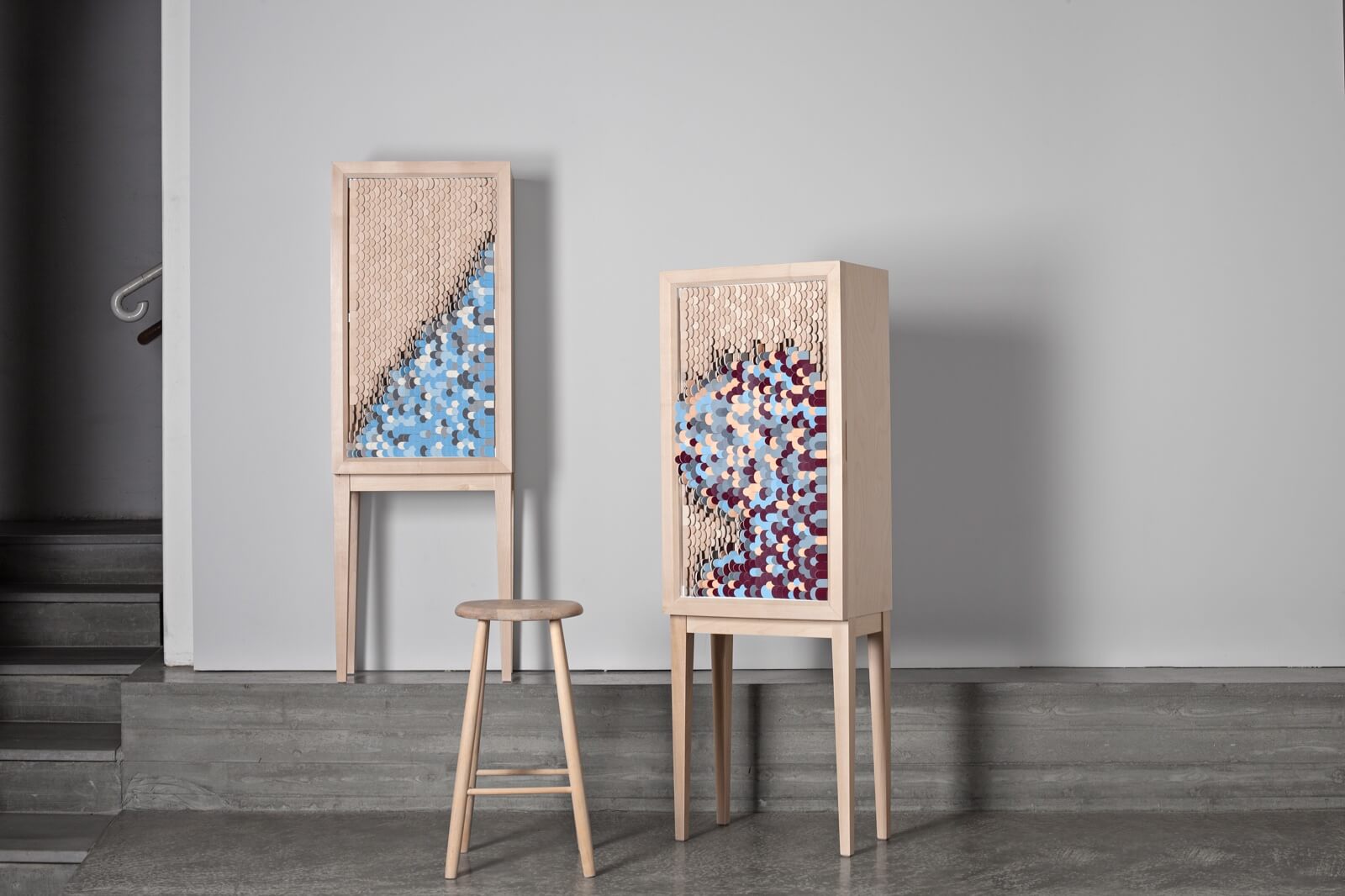
Stoft Studio, ‘Dear Disaster’ cabinet, 2015
COURTESY: Stoft Studio / PHOTOGRAPH: Ulrika Kestere
HOW HAS NORDIC design become collectible? “A strong tradition of design, albeit of the more affordable kind in some Nordic countries, has led to an interest in collecting high quality furniture,” Hjortenberg ventures. The decision to expand CHART’s design section has been reinforced by a new mindset amongst the younger generation: “We’ve seen an extensive interest in design among a more youthful, increasingly cross-disciplinary generation,” continues Hjortenberg, “For a lot of younger collectors, the distinction between collecting art and design is becoming blurred.” When asked which the main markets are for limited-edition Nordic design, Hjortenborg mentions China, the US and Belgium and, surprisingly, only one Nordic country — Finland.
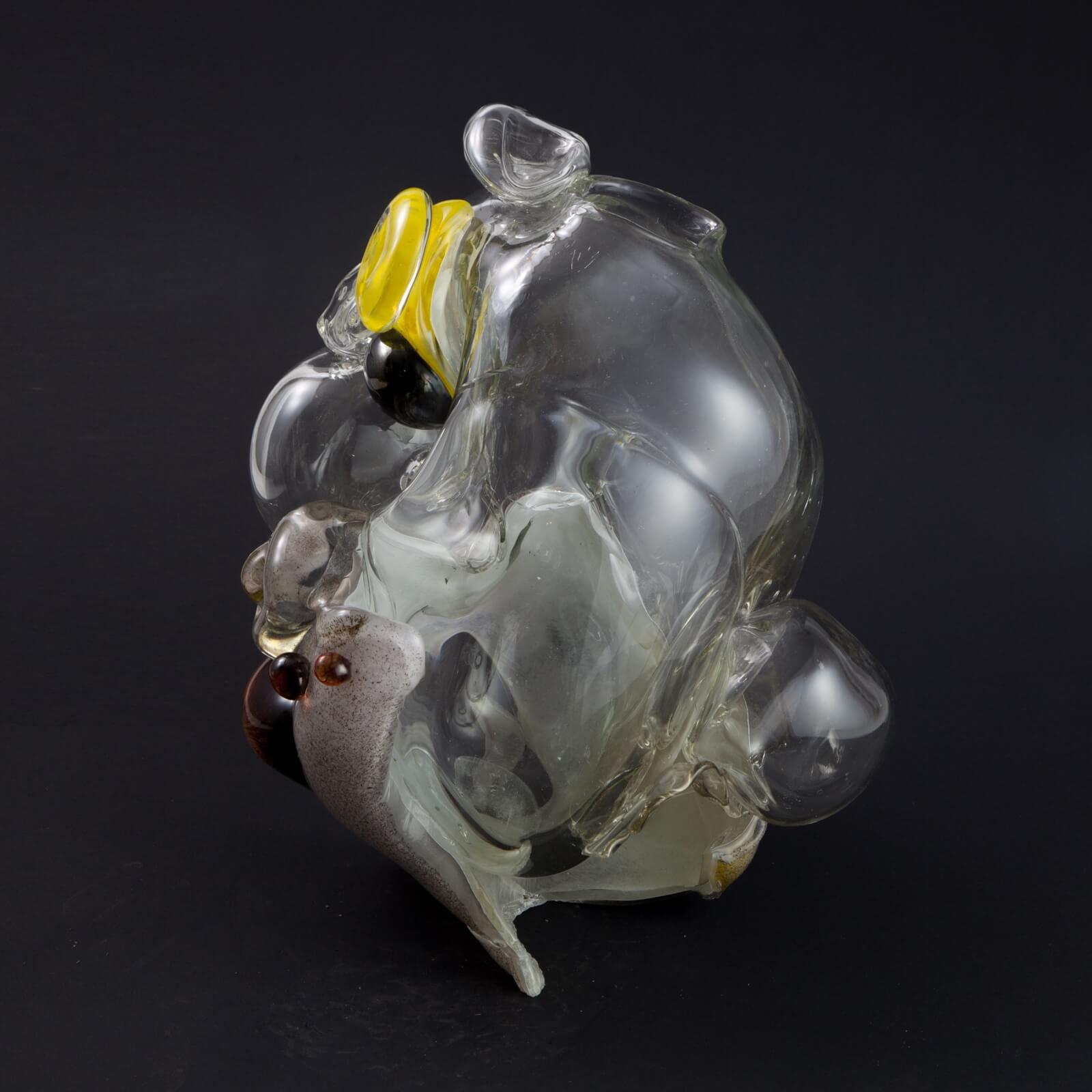
A work by Per-René Larsen.
COURTESY: Køppe Contemporary Objects. PHOTOGRAPH: Per-René Larsen
CURIO WILL DISPLAY work by five designers from each Nordic country in outdoor vitrines at the nearby Designmuseum Denmark (founded in the late 19th century). A collaboration between the museum and CHART, Curio will be curated by Line Christiansen, Dean of Domus Academy in Milan, and will run until March 2020. “Curio’s installations investigate how materials that are normally rejected can emerge to become favourable, functional and culturally acceptable,” says Christiansen. One example is Danish designer Kathrine Barbro Bendixen’s lighting made of meat industry by-products — inflated, dried cow intestines illuminated by LEDs. Admittedly the lighting’s potential to be collectible is questionable: as the intestines slowly deflate, they will eventually perish.
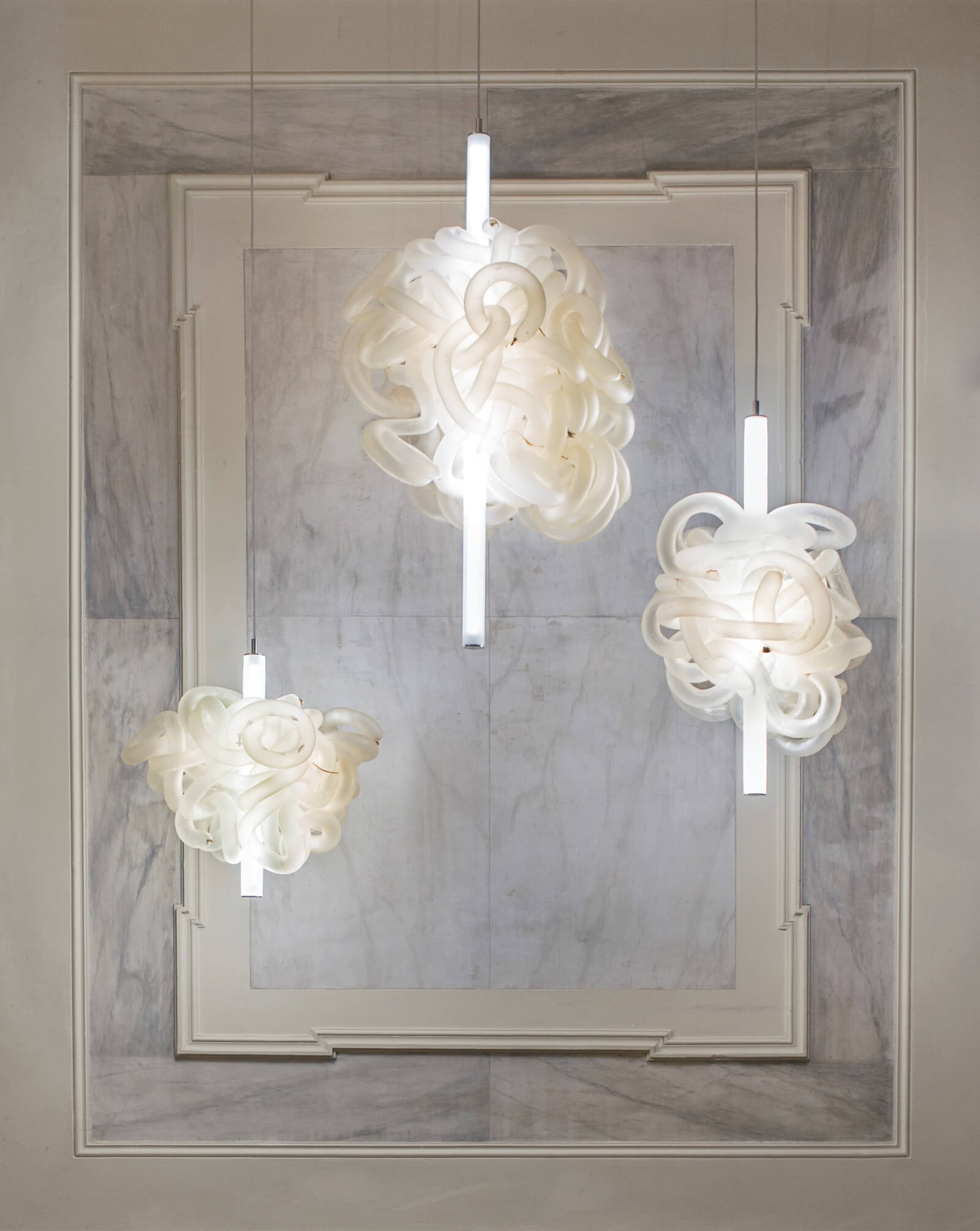
Kathrine Barboe Bendixen, ‘Inside Out’, 2016
PHOTOGRAPH: Mathias Kruse Jørgensen
But if Nordic designers now reject Scandinavia’s traditional emphasis on strict functionalism, CHART is eager to preserve another trait associated with Scandinavian culture: democratic communality. “CHART is rooted in the Nordic tradition of collaboration and community,” emphasises Hjortenberg. The commercial galleries in the main exhibition areas are not partitioned, resulting in a more open space where works are seen together. “This format encourages interaction,” explains Hjortenberg, “Visitors are relaxed, and are not intimidated by asking galleries questions. They can engage with the work.”




